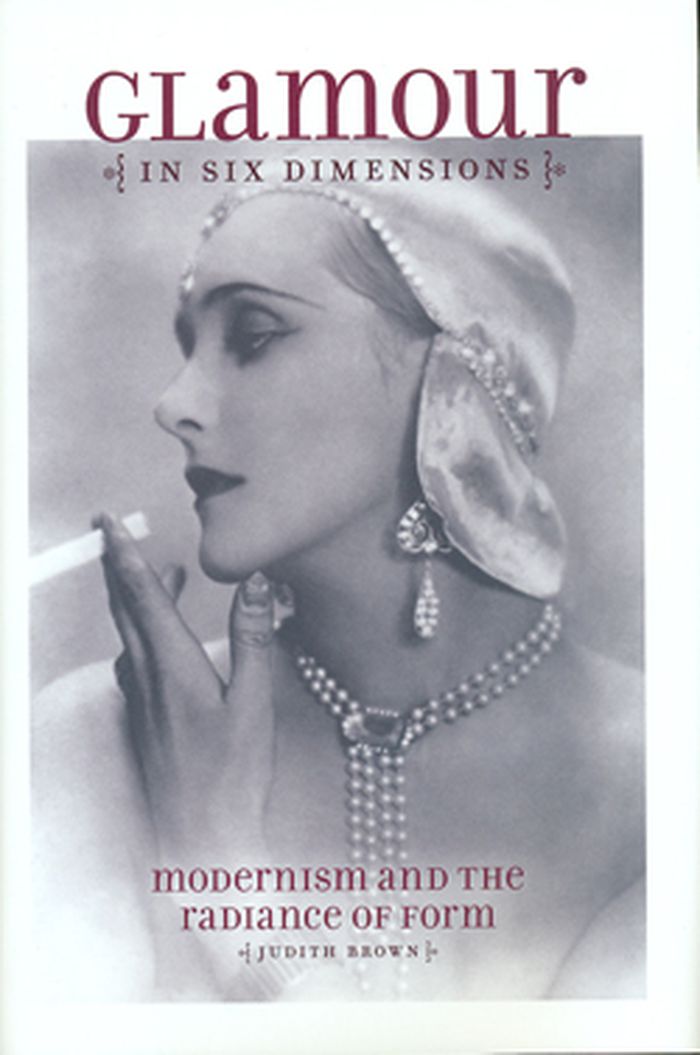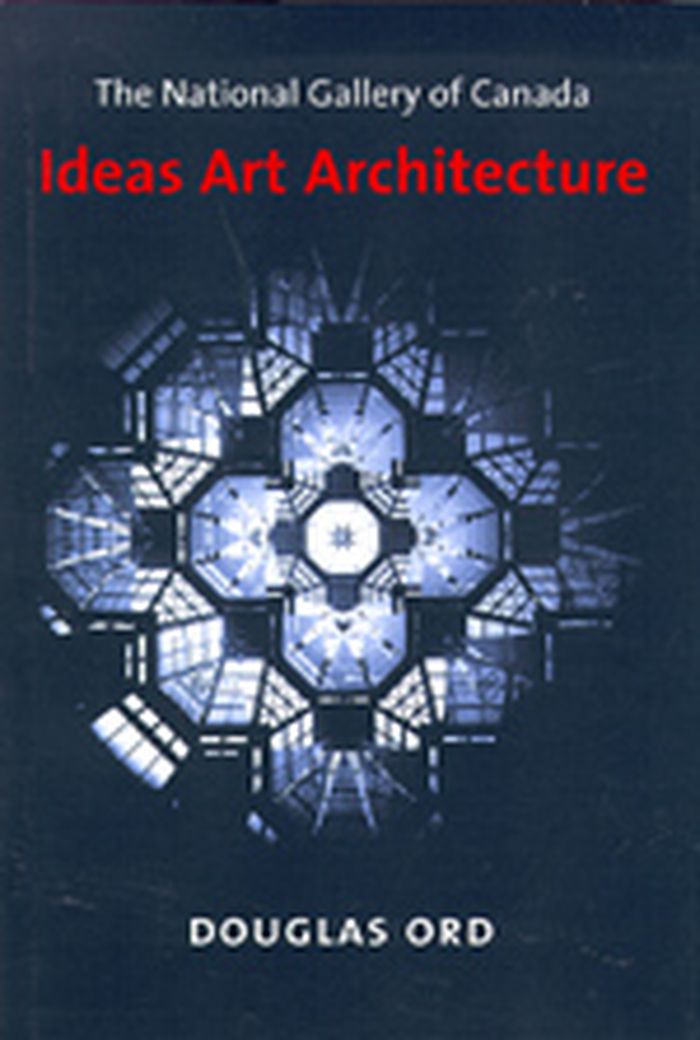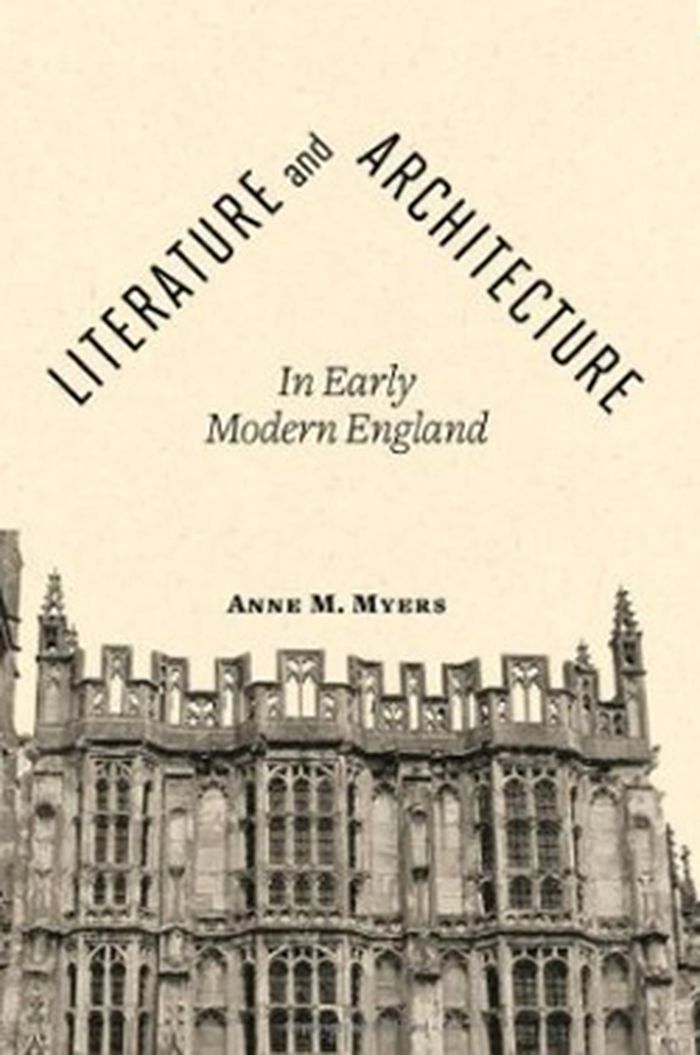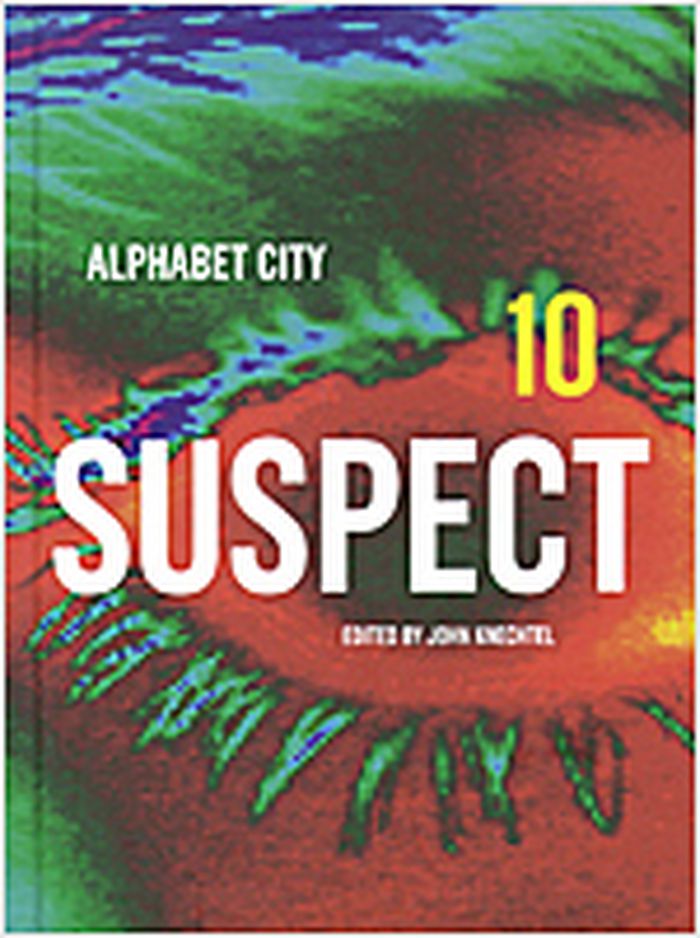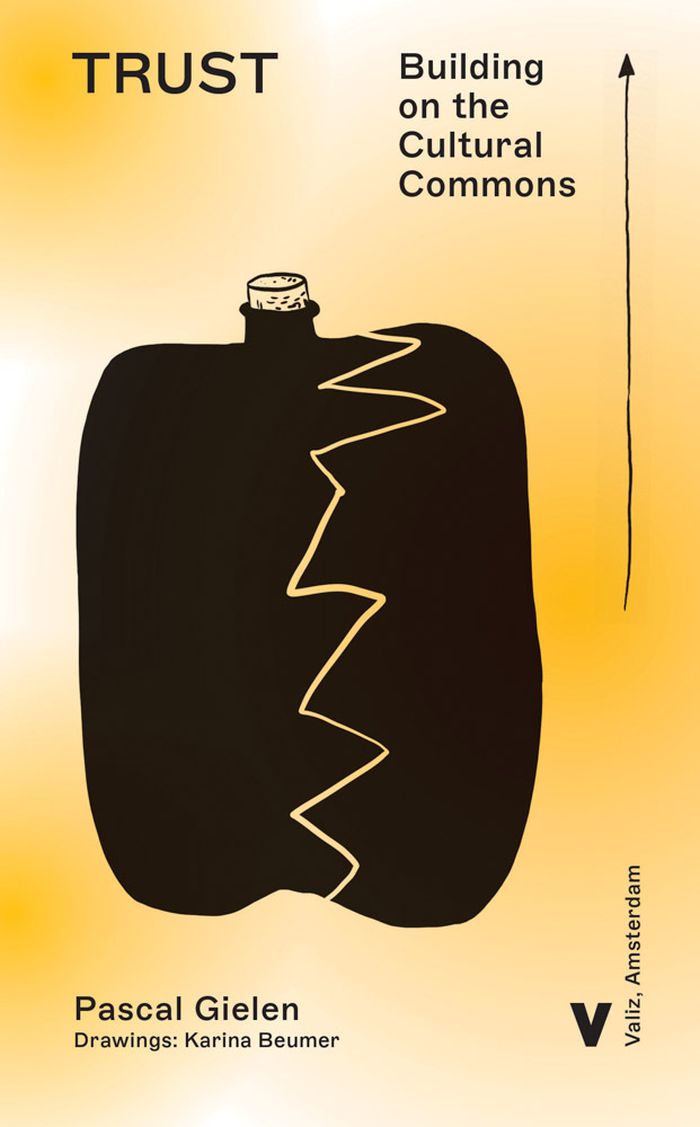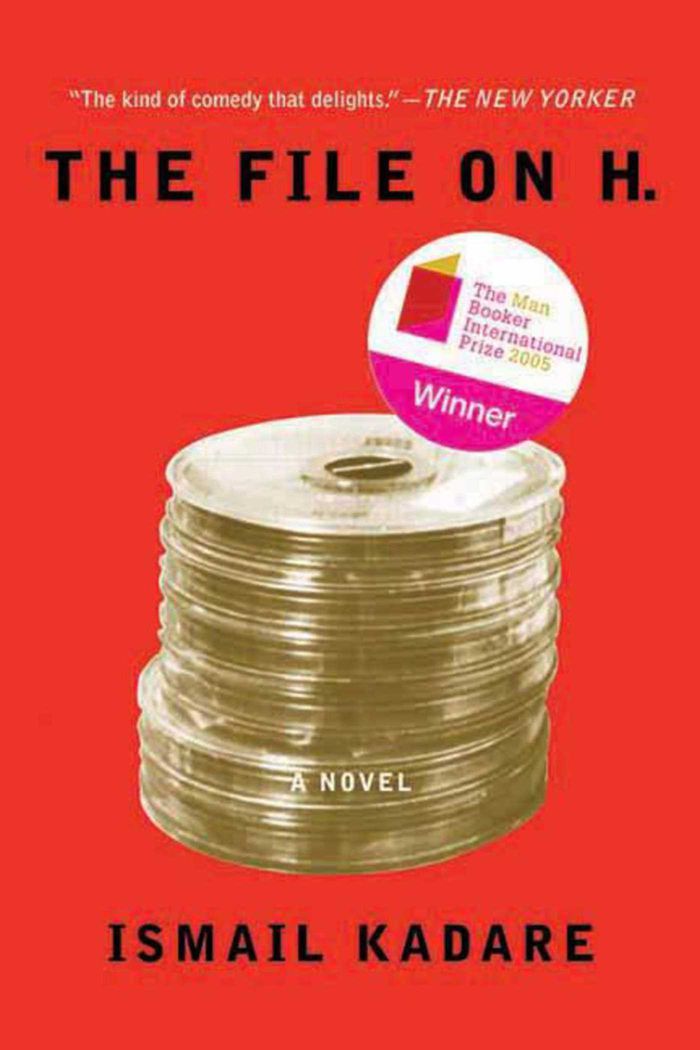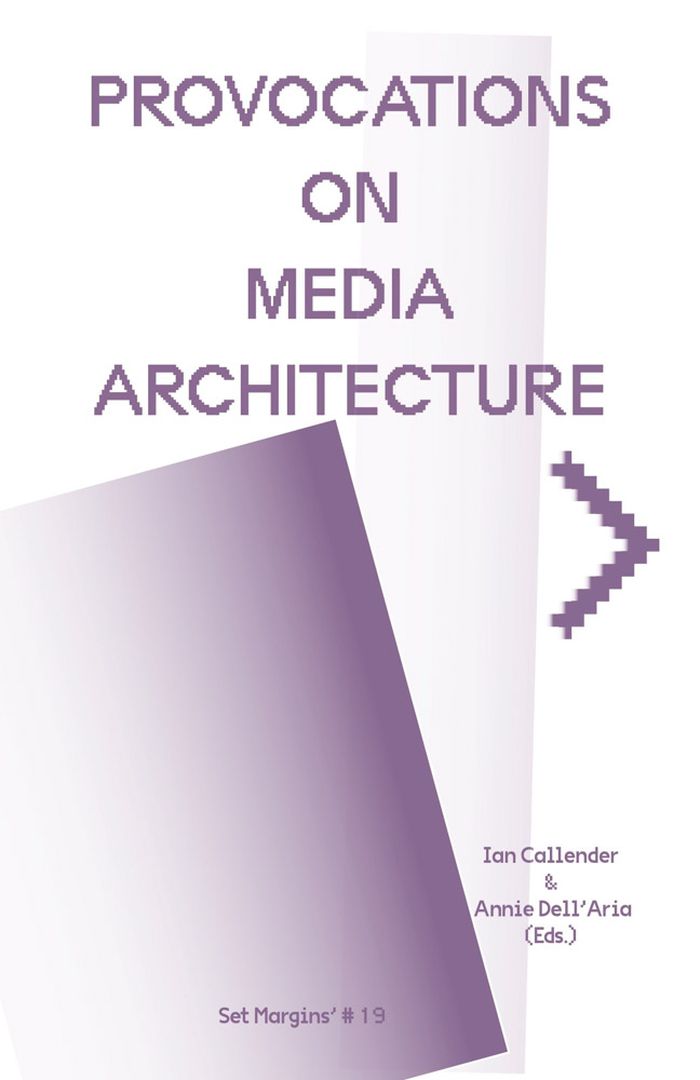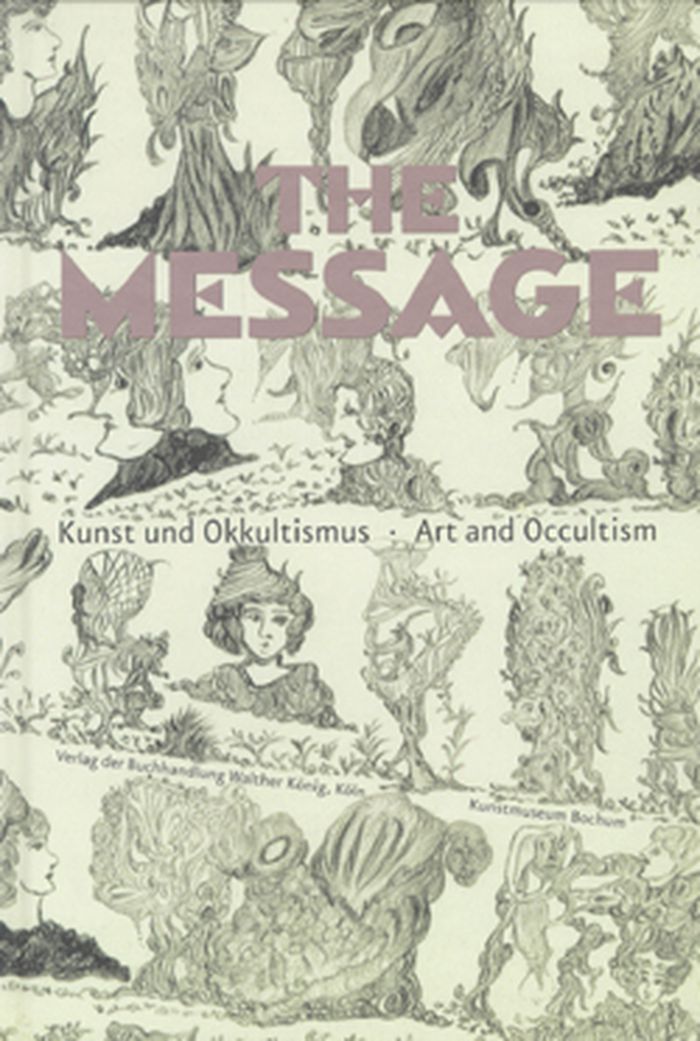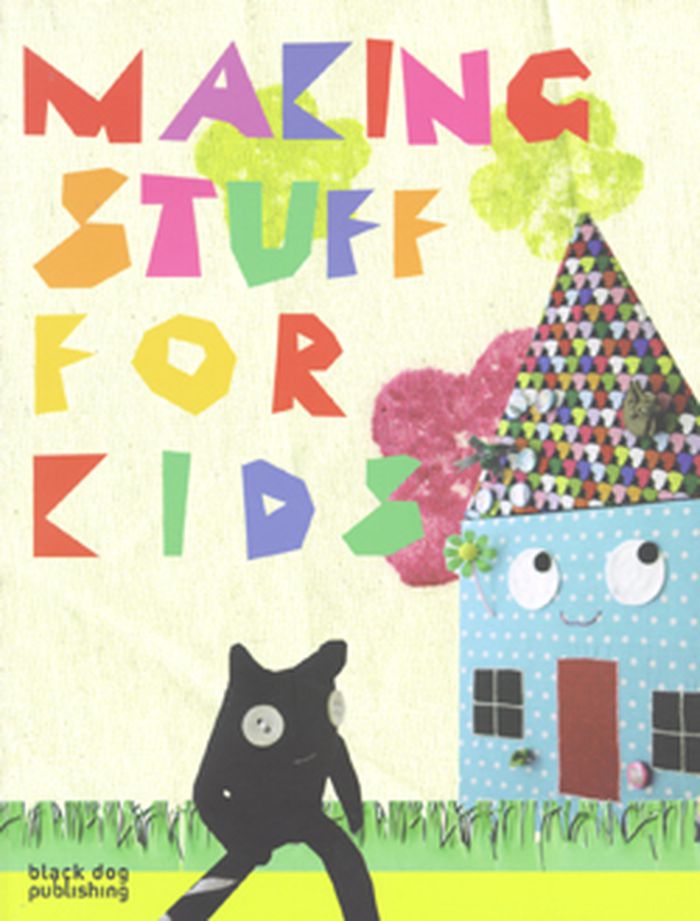$44.99
(disponible sur commande)
Résumé:
Glamour is an alluring but elusive concept. We most readily associate it with fashion, industrial design, and Hollywood of the Golden Age, and yet it also shaped the language and interests of high modernism. In Glamour in Six Dimensions Judith Brown looks at the historical and aesthetic roots of glamour in the early decades of the twentieth century, arguing that glamour(...)
Glamour in six dimensions: modernism and the radiance of form
Actions:
Prix:
$44.99
(disponible sur commande)
Résumé:
Glamour is an alluring but elusive concept. We most readily associate it with fashion, industrial design, and Hollywood of the Golden Age, and yet it also shaped the language and interests of high modernism. In Glamour in Six Dimensions Judith Brown looks at the historical and aesthetic roots of glamour in the early decades of the twentieth century, arguing that glamour is the defining aesthetic of modernism. In the clean lines of modernism she finds the ideal conditions for glamour-blankness, polish, impenetrability, and the suspicion of emptiness behind it all.
Création de mode
$49.95
(disponible sur commande)
Résumé:
In this first critical history of the National Gallery of Canada, Douglas Ord explores how, in the gallery's development, art has consistently been linked to notions of religious truth, national spirit, and hallowed atmosphere, culminating in Moshe Safdie's design for the institution's current building. Integrating accounts of political intrigue and public controversy(...)
The National Gallery of Canada : ideas and architecture
Actions:
Prix:
$49.95
(disponible sur commande)
Résumé:
In this first critical history of the National Gallery of Canada, Douglas Ord explores how, in the gallery's development, art has consistently been linked to notions of religious truth, national spirit, and hallowed atmosphere, culminating in Moshe Safdie's design for the institution's current building. Integrating accounts of political intrigue and public controversy with philosophy, art theory, and architectural analysis, Ord provides vivid accounts of successive directors' struggles to obtain a permanent home for the nation's art. Ord looks at the gallery's historical and intellectual context - from 1910 when Eric Brown became the gallery's founding director, through Jean Sutherland Boggs, to Shirley Thomson - shedding light on its acquisitions, government policy towards the arts, and the public's deep-rooted suspicion of avant-garde art. In showing how Canadian art came to be housed in a building whose architectural and ideological sources include Gothic cathedrals, Islamic mosques, Egyptian temples, St Peter's Basilica, and the squared-stone facades of the Holy City of Jerusalem, The National Gallery of Canada insightfully explores the relationship of Canada's art and its National Gallery to the project of the Canadian nation state.
Architecture du Canada
livres
$52.95
(disponible sur commande)
Résumé:
The style of the medieval period, which flows through the bloodstream of western culture, was vigorously re-established in post-Enlightenment England. This one-volume history of the Medieval Revival is the first coherent account of it, especially those aspects that are expressed and reflected in literature. The book focuses on the period 1760 to 1971, with an Epilogue on(...)
Medievalism : the Middle Ages in modern England
Actions:
Prix:
$52.95
(disponible sur commande)
Résumé:
The style of the medieval period, which flows through the bloodstream of western culture, was vigorously re-established in post-Enlightenment England. This one-volume history of the Medieval Revival is the first coherent account of it, especially those aspects that are expressed and reflected in literature. The book focuses on the period 1760 to 1971, with an Epilogue on the reverberations of medievalism in the present day. The rebuilding of the Palace of Westminster, after its destruction by fire in 1834, re-established Gothic as the national style. But medieval imitation manifests itself wherever one cares to look: in literature, architecture, the applied arts, religion, politics, and even Hollywood. In this skilled dissection of the components of this pervasive cultural movement, Michael Alexander rejects the idea that medievalism was confined to the Victorian period, and overturns the suspicion that it is by its nature escapist.
livres
mars 2007, New Haven, London
Histoire jusqu’à 1900
$65.95
(disponible sur commande)
Résumé:
Buildings tell stories. Castles, country homes, churches, and monasteries are "documents" of the people who built them, owned them, lived and died in them, inherited and saved or destroyed them, and recorded their histories. Literature and Architecture in Early Modern England examines the relationship between sixteenth and seventeenth-century architectural and literary(...)
Literature and architecture in early Modern England
Actions:
Prix:
$65.95
(disponible sur commande)
Résumé:
Buildings tell stories. Castles, country homes, churches, and monasteries are "documents" of the people who built them, owned them, lived and died in them, inherited and saved or destroyed them, and recorded their histories. Literature and Architecture in Early Modern England examines the relationship between sixteenth and seventeenth-century architectural and literary works. By becoming more sensitive to the narrative functions of architecture, Anne M. Myers argues, we begin to understand how a range of writers viewed and made use of the material built environment that surrounded the production of early modern texts in England. Scholars have long found themselves in the position of excusing or explaining England's failure to achieve the equivalent of the Italian Renaissance in the visual arts. Myers proposes that architecture inspired an unusual amount of historiographic and literary production, including poetry, drama, architectural treatises, and diaries. Works by William Camden, Henry Wotton, Ben Jonson, Andrew Marvell, George Herbert, Anne Clifford, and John Evelyn, when considered as a group, are texts that overturn the engrained critical notion that a Protestant fear of idolatry sentenced the visual arts and architecture in England to a state of suspicion and neglect.
Théorie de l’architecture
Alphabet city 10 : suspects
$18.95
(disponible en magasin)
Résumé:
What is the condition of the suspect in a post-9/11 world? Do perpetual detention, ubiquitous surveillance cameras, and the legal apparatus of the USA Patriot Act target suspects accurately or generate suspicion indiscriminately? "Suspect", the latest in a series from Alphabet City and the first in its new format of topical book-length magazines, gathers hard evidence(...)
Alphabet city 10 : suspects
Actions:
Prix:
$18.95
(disponible en magasin)
Résumé:
What is the condition of the suspect in a post-9/11 world? Do perpetual detention, ubiquitous surveillance cameras, and the legal apparatus of the USA Patriot Act target suspects accurately or generate suspicion indiscriminately? "Suspect", the latest in a series from Alphabet City and the first in its new format of topical book-length magazines, gathers hard evidence about the fate of the suspect in a culture of suspicion with contributions from writers, artists, and filmmakers. Their testimony takes a multiplicity of forms and formats. Among them:a 24-page color comic by graphic novelist Joey Dubuc asks the reader to make narrative choices in a web of surveillance, suspicion, and fear. Harper's contributor Mark Kingwell observes that while suspicion tries to isolate the suspect, in fact we are all the suspect. Slavoj Zizek reflects on the new cultural status of the suspect after Abu Ghraib. Philosopher George Bragues argues that even as the United Nations looks for ways to discipline "suspect nations," it simply cannot succeed under current international conditions. Alphabet City editor John Knechtel interviews Naomi Klein, author of No Logo, about the legal and political strategies of the Bush administration. Sylwia Chrostowska describes what happens, in the the 1970 Italian film Investigation of a Citizen Above Suspicion, when a corrupt official investigates himself. Screenwriter Timothy Stock and illustrator Warren Heise create a documentary in comic form about Critical Ensemble artist Steve Kurtz, charged under the bioterrorism provisions of the Patriot Act. Novelist Camilla Gibb portrays, in "Things Collapse," the terrifying effects of a "separating sickness" of unknown origin, which perhaps exists only in the fears of the population it strikes. And novelist Diana Fitzgerald Bryden follows her character Rafa Ahmed, a PFLP hijacker from the 1970s, as, many years later, she is to appear at a peace conference. Filmmaker Patricia Rozema, director of Mansfield Park and other films, contributes a 16-page film-in-a-book, "Suspect." Suspect is a non-partisan handbook on the mechanisms and machinations of suspicion for the twenty-first century national security state.
petits formats
$36.00
(disponible en magasin)
Résumé:
How do we break a culture of mistrust while suspicion of fellow humans, governments and capitalist enterprise seems to keep growing? Feelings of powerlessness are often cited as the main cause. We look for remedies in rules, contracts, assurances and audits, as well as in "good governance." But do they really provide trust? In ''Trust: Building on the Cultural Commons'',(...)
Trust: Building on the cultural commons
Actions:
Prix:
$36.00
(disponible en magasin)
Résumé:
How do we break a culture of mistrust while suspicion of fellow humans, governments and capitalist enterprise seems to keep growing? Feelings of powerlessness are often cited as the main cause. We look for remedies in rules, contracts, assurances and audits, as well as in "good governance." But do they really provide trust? In ''Trust: Building on the Cultural Commons'', featuring drawings by Karina Beumer (born 1988), sociologist of art and cultural politics Pascal Gielen (born 1970) highlights the crucial role played by the cultural commons, shared "common" life and its customs, practices, knowledge and values. Trust is, after all, a matter of culture, of feeling and even of aesthetics. Broad societal trust begins with sharing vulnerabilities, and the commons, according to Gielen, provides space for that—breathing space and experimental space. How could a society and a policy further build on this?
Social
The file on H.
$19.95
(disponible sur commande)
Résumé:
In the mid-1930s, two Irish Americans travel to the Albanian highlands with an early model of a marvelous invention, the tape recorder. Their mission? To discover how Homer could have composed works as brilliant and as long as The Iliad and The Odyssey without ever putting pen to paper. The answer, they believe, can be found only in Albania, the last remaining habitat of(...)
The file on H.
Actions:
Prix:
$19.95
(disponible sur commande)
Résumé:
In the mid-1930s, two Irish Americans travel to the Albanian highlands with an early model of a marvelous invention, the tape recorder. Their mission? To discover how Homer could have composed works as brilliant and as long as The Iliad and The Odyssey without ever putting pen to paper. The answer, they believe, can be found only in Albania, the last remaining habitat of the oral epic. But immediately upon their arrival, the scholars’ seemingly arcane research excites suspicion and puts them at the center of ethnic strife in the Balkans. Mistaken for foreign spies, they are placed under surveillance and are dogged by gossip and intrigue. It isn’t until a fierce-eyed monk from the Serbian side of the mountains makes his appearance that the scholars glimpse the full political import of their search for the key to the Homeric question.
Expositions en cours
$33.00
(disponible en magasin)
Résumé:
How does media architecture distribute suspicion and trust? What is a collage of media architecture? How is media architecture vectored? How can media architecture address privilege? These questions and conceptual provocations aim to challenge the binary of techno-optimism and technological agoraphobia, offering a platform for developing new, critically and contextually(...)
novembre 2023
Provocations on media architecture
Actions:
Prix:
$33.00
(disponible en magasin)
Résumé:
How does media architecture distribute suspicion and trust? What is a collage of media architecture? How is media architecture vectored? How can media architecture address privilege? These questions and conceptual provocations aim to challenge the binary of techno-optimism and technological agoraphobia, offering a platform for developing new, critically and contextually rooted theories that media architecture might grab hold of. Intentionally open-ended, ''Provocations on Media Architecture'' brings together 21 thought leaders across architecture, visual arts, design, curation, academia and public policy to address these ideas and themes. Authors respond with images and brief texts incorporating the perspective of their own creative and scholarly practice. Entries range from descriptions of relevant artworks and design projects to reflections spawned from first-person encounters with media architecture in situ, scholarly analyses and AI-assisted theory.
$58.00
(disponible sur commande)
Résumé:
Occult practices, seances and magic have traditionally been met with suspicion in the world of high culture, but they are currently getting a fresh look. Turns out, they have long had a quiet influence on art--at least since the mid-1800s. The Message demonstrates this fascinating history with paranormal-influenced paintings, drawings and thought photographs, a term for(...)
Théorie de l’art
mars 2008, Köln
The Message: Art and Occultism
Actions:
Prix:
$58.00
(disponible sur commande)
Résumé:
Occult practices, seances and magic have traditionally been met with suspicion in the world of high culture, but they are currently getting a fresh look. Turns out, they have long had a quiet influence on art--at least since the mid-1800s. The Message demonstrates this fascinating history with paranormal-influenced paintings, drawings and thought photographs, a term for the phenomenon of imprinting an image from one's mind directly onto a photographic medium--something we've all at least wished we could do... By the early eighteenth century, the occult had found a home in the arts with the advent of Surrealism--in 1933, Andre Breton discussed these inexplicable phenomena in his text, The Automatic Message. This publication borrows its name from Breton's text; and features early-twentieth-century photographs of seances from the archive of parapsychologist Albert von Schrenck-Notzing, which vividly illustrate Breton's ideas
Théorie de l’art
Making stuff for kids
$30.00
(disponible sur commande)
Résumé:
Occult practices, seances and magic have traditionally been met with suspicion in the world of high culture, but they are currently getting a fresh look. Turns out, they have long had a quiet influence on art--at least since the mid-1800s. The Message demonstrates this fascinating history with paranormal-influenced paintings, drawings and thought photographs, a term for(...)
Making stuff for kids
Actions:
Prix:
$30.00
(disponible sur commande)
Résumé:
Occult practices, seances and magic have traditionally been met with suspicion in the world of high culture, but they are currently getting a fresh look. Turns out, they have long had a quiet influence on art--at least since the mid-1800s. The Message demonstrates this fascinating history with paranormal-influenced paintings, drawings and thought photographs, a term for the phenomenon of imprinting an image from one's mind directly onto a photographic medium--something we've all at least wished we could do... By the early eighteenth century, the occult had found a home in the arts with the advent of Surrealism--in 1933, Andre Breton discussed these inexplicable phenomena in his text, The Automatic Message. This publication borrows its name from Breton's text; and features early-twentieth-century photographs of seances from the archive of parapsychologist Albert von Schrenck-Notzing, which vividly illustrate Breton's ideas
Zines
